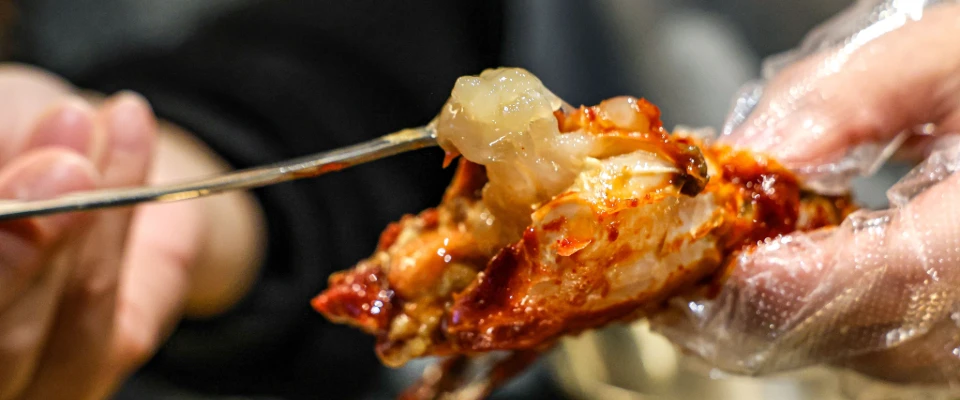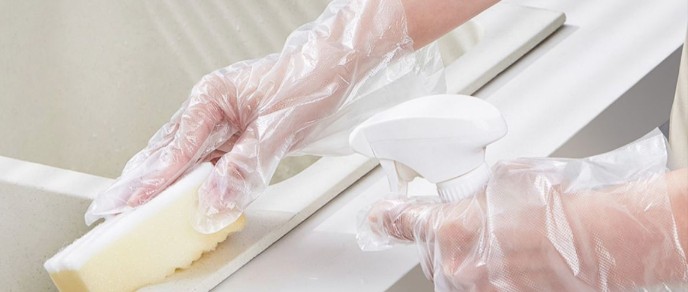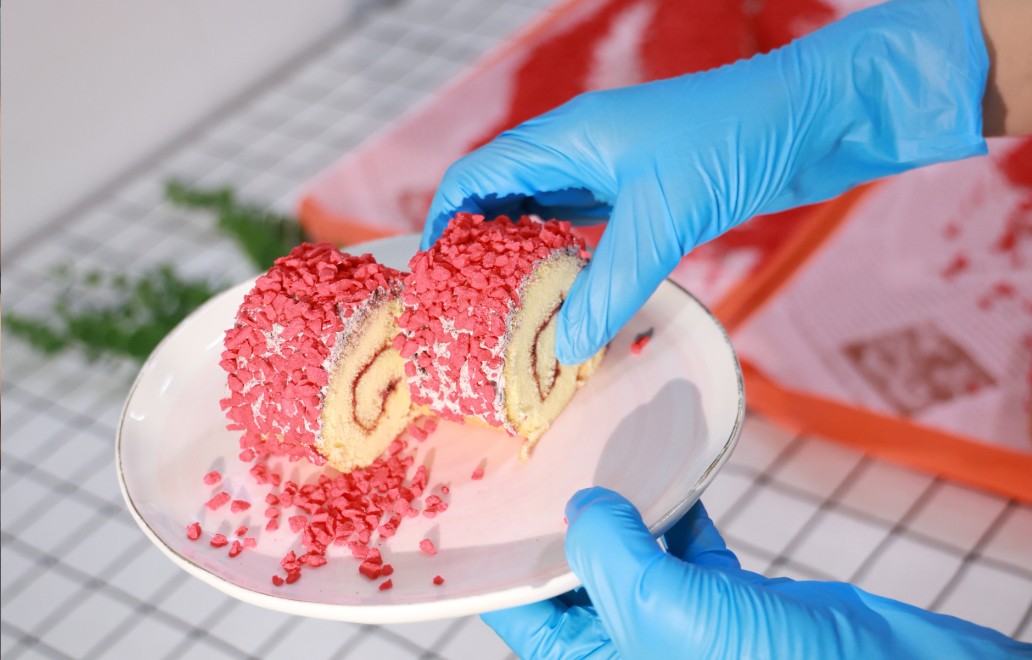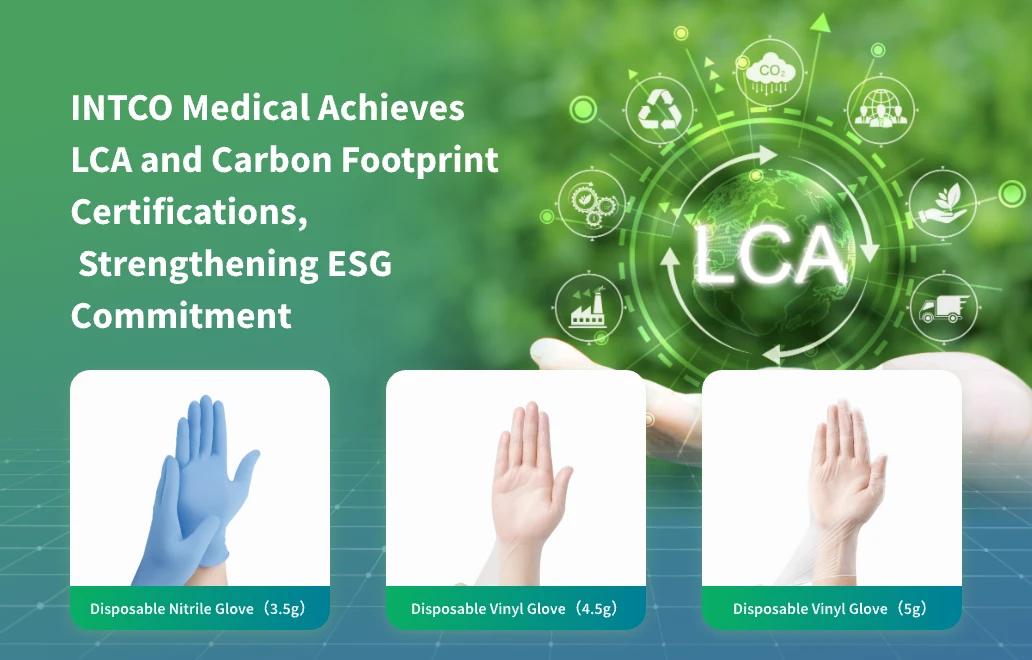Disposable TPE Gloves vs PE Gloves: Practical Differences and Best Uses Guide
From meal prepping in the kitchen to light cleaning around the house, disposable gloves have become an essential tool in American households. Yet, standing in the aisle or browsing online, you’re faced with a confusing choice: PE or TPE? The frustration is real. You wonder if the cheaper option offers enough protection, if the more expensive one is worth it, or if you’re making an environmentally conscious decision. This uncertainty is common. In fact, many consumers struggle to differentiate between glove materials, often leading to the wrong purchase for their needs. This guide will eliminate that confusion, breaking down the essential differences between PE and TPE gloves in terms of material, performance, and ideal use cases, ensuring you make the right choice every time. 
What Are PE and TPE Gloves, Exactly?
Before diving into a head-to-head comparison, it’s important to understand what these materials are. Though they may look similar at a glance, their fundamental composition is what dictates their performance, feel, and function.
Polyethylene (PE) gloves are made from a simple thermoplastic, the same material found in plastic bags. Its molecular structure is straightforward and has a low density, which makes it incredibly inexpensive and fast to produce. This is why PE gloves are often translucent or clear, very thin, and positioned as a basic, budget-friendly option for simple barrier protection. They are the go-to for tasks that are quick, low-risk, and require frequent glove changes.
On the other hand, Thermoplastic Elastomer (TPE) gloves are crafted from a more advanced hybrid material that blends the properties of plastic and rubber. This unique composition gives TPE both the processability of plastic and the flexibility and elasticity of rubber. The manufacturing process is more complex, allowing for precise control over hardness and stretch. TPE gloves are typically a bit thicker than their PE counterparts, often appearing milky white or light blue, and are designed to be a “balance” option, offering a significant upgrade in comfort and protection without the higher cost of nitrile or latex. For a deeper dive into material classifications, standards from organisations like the ASTM International provide authoritative benchmarks for these polymers.
Key Performance Differences: A Hands-On Comparison
The real distinction between PE and TPE gloves becomes apparent when you wear them. The user experience—from comfort to protection—is worlds apart, and understanding these differences is key to avoiding frustration.
Flexibility & Comfort
This is perhaps the most noticeable difference. PE gloves have a rigid, non-stretch feel. They fit loosely and can feel crinkly, offering minimal tactile sensitivity. Imagine trying to peel an orange or tie a knot while wearing a small plastic bag on your hand; the glove shifts, bunches up, and hinders dexterity. Prolonged wear can become uncomfortable as the stiff material may press against your knuckles or slide down your fingers.
TPE gloves, in contrast, offer a soft, smooth, and elastic experience. They conform closely to the shape of your hand, stretching and moving with you. This high degree of flexibility allows for much greater tactile sensitivity and dexterity, making intricate tasks easier. You can wear them for an hour or more while preparing a large meal or completing a cleaning project without the fatigue or irritation often associated with ill-fitting PE gloves. This makes them a superior choice when comfort is a priority.
Barrier Protection and Food Safe Gloves
When it comes to protection, not all gloves are created equal. PE gloves provide a very basic barrier, suitable for shielding hands from mild liquids, dirt, and dust. However, their low-density structure and loose fit make them vulnerable. They offer poor resistance to oils, fats, and acidic substances. For instance, handling ingredients like vinegar or olive oil can cause the material to degrade or become permeable. Their thinness also means they are easily punctured or torn.
TPE gloves offer a much more robust barrier. Their denser material composition provides significantly better resistance to water, mild detergents, and a wider range of food-based substances, including oils and fats, making them excellent food-safe gloves. This is a critical advantage in any food processing environment, from a home kitchen to a commercial setting. They are also more durable and resistant to punctures than PE gloves, providing more reliable protection when handling raw meats or items with sharp edges.

Durability
The lifespan of a disposable glove directly impacts its value. PE gloves are designed for single, short-term use. Typically measuring between 0.01-0.02mm in thickness, they are prone to ripping and tearing with minimal stress. They are true “use-and-toss” items, and attempting to reuse them is generally impractical and unsafe.
TPE gloves are built to last longer. With a typical thickness of 0.03-0.05mm, they possess superior tensile strength and tear resistance. For light tasks, such as wiping down counters or washing dishes, a pair of TPE gloves can often be rinsed, dried, and reused once or twice, offering better long-term value. This enhanced durability means you’ll use fewer gloves for a given task, which can offset their slightly higher initial cost.
Eco-Friendliness
In today’s world, the environmental impact of disposable products is a major concern. Standard PE plastic is notoriously difficult to break down, taking hundreds of years to decompose in a natural environment, according to reports from agencies like the U.S. Environmental Protection Agency (EPA). This contributes to landfill waste and plastic pollution.
TPE offers a more environmentally considerate alternative. While not all TPE is biodegradable, many modern formulations are designed for enhanced degradation under specific conditions. Some advanced TPE gloves can break down significantly faster in industrial composting facilities. Furthermore, the durability of TPE means fewer gloves are consumed over time, reducing overall waste. As consumers become more eco-conscious, TPE stands out as the more responsible choice.
Which to Choose? PE vs. TPE Gloves by Use Case
The best glove is the one that’s right for the job. Here’s a practical breakdown of when to reach for each type.
Lightweight Gloves: When to Choose PE
PE gloves excel in scenarios where cost is the primary driver and the task is brief, low-risk, and requires rapid changes. Think of them as lightweight gloves for momentary protection.
• Quick, Single-Use Food Handling: Use them for tasks like assembling a sandwich, packing a lunch, or serving snacks at a party. Their “easy-on, easy-off” nature is perfect here.
• Light-Duty Cleaning: Ideal for wiping down a dusty shelf, cleaning a minor spill, or polishing silverware.
• Temporary Public Barrier: Grabbing a gas pump handle, using a public touchscreen, or handling mail.
However, it’s crucial to remember their limitations. Avoid using PE gloves for handling raw meat, acidic foods like citrus fruits, or harsh cleaning chemicals.
Disposable Gloves Latex Free: When to Choose TPE
TPE gloves are the superior choice when the task demands better protection, comfort, and dexterity, especially for prolonged periods.
• Home Cooking and Meal Prep: Perfect for kneading dough, marinating meat, chopping vegetables, and handling oily or greasy foods. Their snug fit ensures precision and safety.
• General Cleaning: Washing dishes, scrubbing bathrooms, or cleaning kitchen appliances. They stand up well to common household detergents.
• Sensitive Skin and Allergy Concerns: TPE is an excellent material for latex-free disposable gloves latex free of natural rubber proteins, which are a common cause of allergies. For individuals with sensitivities, organisations like the American Academy of Allergy, Asthma & Immunology (AAAAI) recommend non-latex alternatives like TPE for non-medical use.
In short: for quick, low-risk tasks, choose PE. For anything requiring more time, protection, or a delicate touch, TPE is the clear winner.
Common Myths About PE and TPE Gloves
Several misconceptions can lead to poor choices. Let’s clear them up.
Myth 1: “TPE is more expensive, so it’s always better.” While TPE gloves cost more due to their advanced material and manufacturing, they aren’t necessary for every situation. Using a durable TPE glove to simply open a package is overkill and not cost-effective. The “better” glove is the one that matches the task’s demands.
Myth 2: “PE gloves are so bad for the environment that they should be avoided entirely.” While standard PE is not eco-friendly, some manufacturers are producing PE gloves from recycled materials. By choosing products from responsible sources and ensuring they are disposed of correctly, their environmental footprint can be minimised.
Myth 3: “TPE gloves are a good substitute for nitrile in medical settings.” This is a critical safety distinction. While TPE gloves are great for non-invasive tasks like a basic oral exam at a dental clinic or at-home wound care, they are not a substitute for medical-grade nitrile or vinyl gloves. Medical procedures require gloves that meet stringent FDA regulations for barrier protection and chemical resistance, a standard most TPE gloves are not designed to meet.
Finding the Best Disposable TPE Gloves Manufacturer
Ultimately, choosing the right glove comes down to understanding your specific needs. PE gloves offer an unbeatable economic advantage for quick, simple tasks. Disposable TPE Gloves, however, provide a superior balance of comfort, durability, and protection, making them a versatile and reliable choice for a vast range of applications. The key is to match the glove’s capabilities to the demands of your task.
Once you’ve decided which material is right for you, the final step is selecting a trusted supplier. As the largest latex-free disposable gloves manufacturer, INTCO Medical has established itself as a global leader in protective solutions. With a deep commitment to innovation and quality, INTCO has spent decades perfecting its manufacturing processes. This dedication is managed by a top-tier disposable TPE gloves factory and R&D team.
Whether you need basic PE gloves for light household chores or high-performance TPE gloves for food preparation, INTCO offers a comprehensive range of products that meet rigorous international standards, including FDA requirements for food contact. By choosing a reputable brand, you ensure that the gloves you rely on are safe, effective, and manufactured with integrity. To find the perfect solution for your needs or to inquire about bulk orders, feel free to contact us.


























